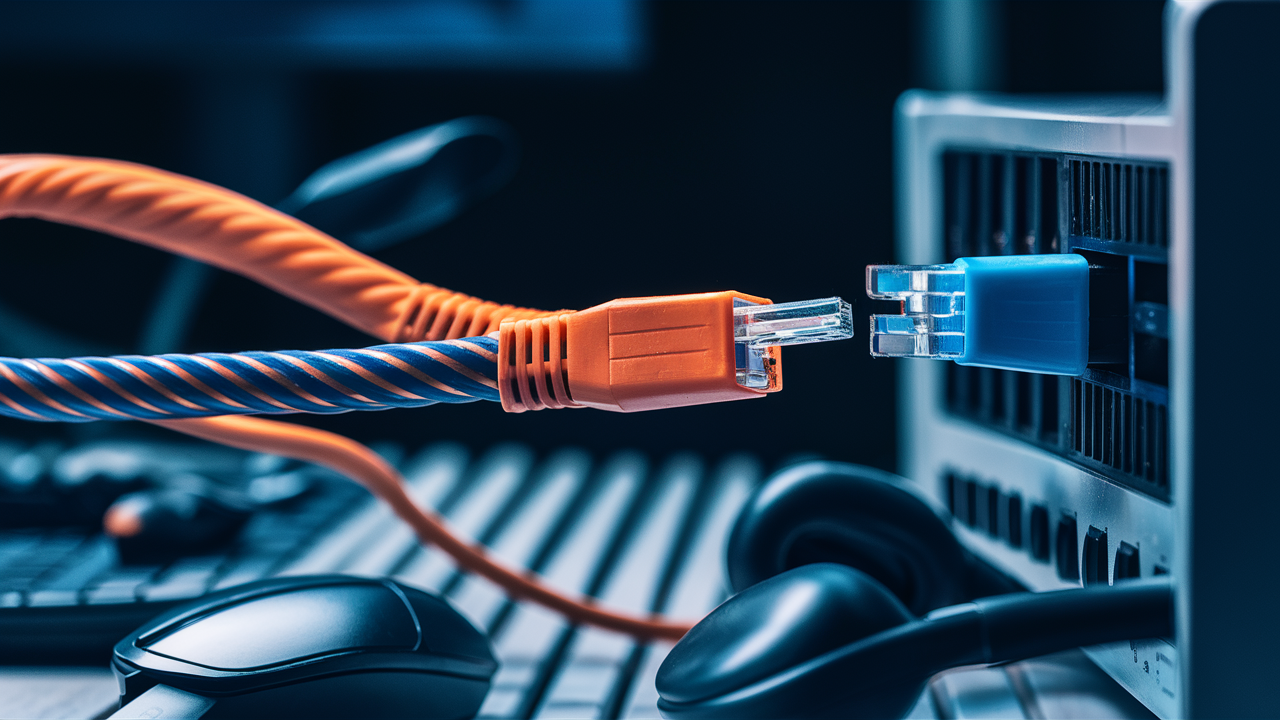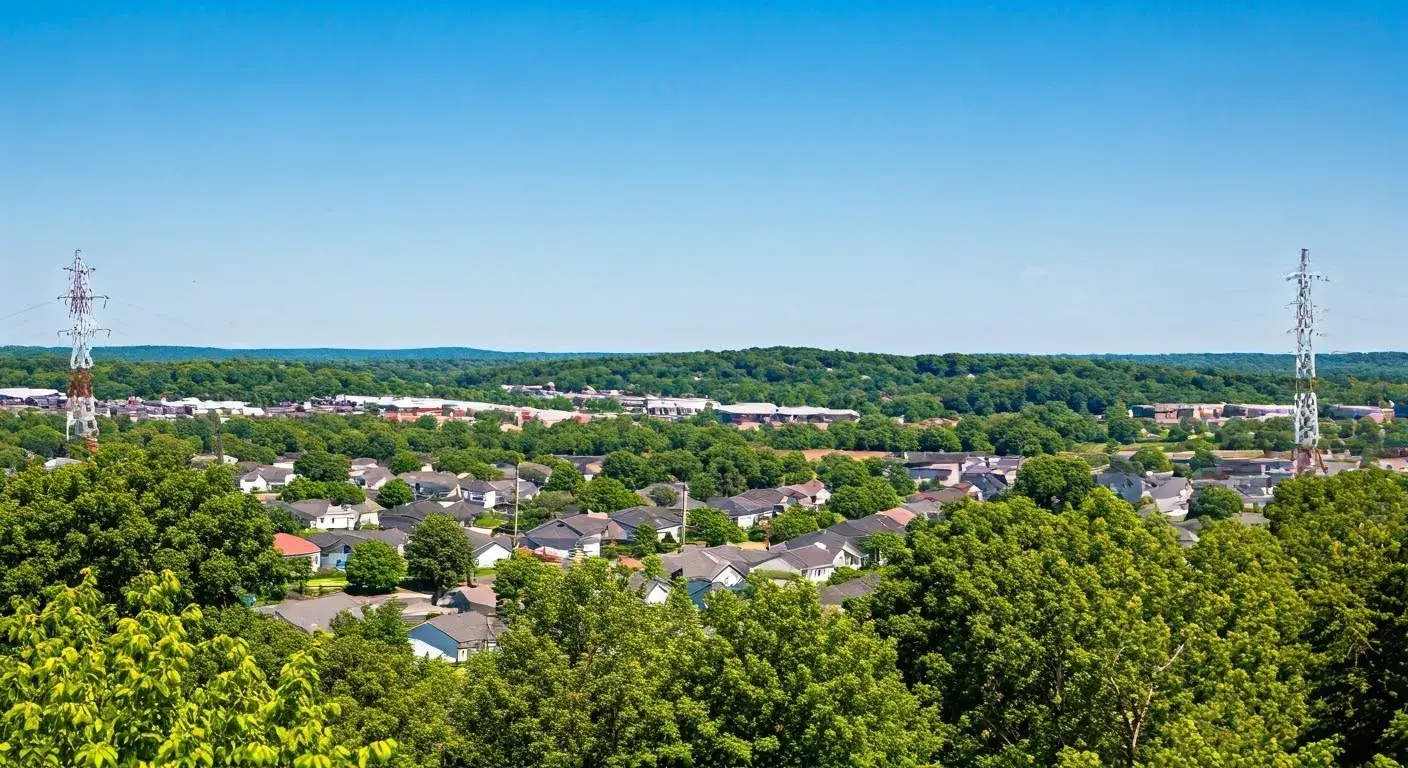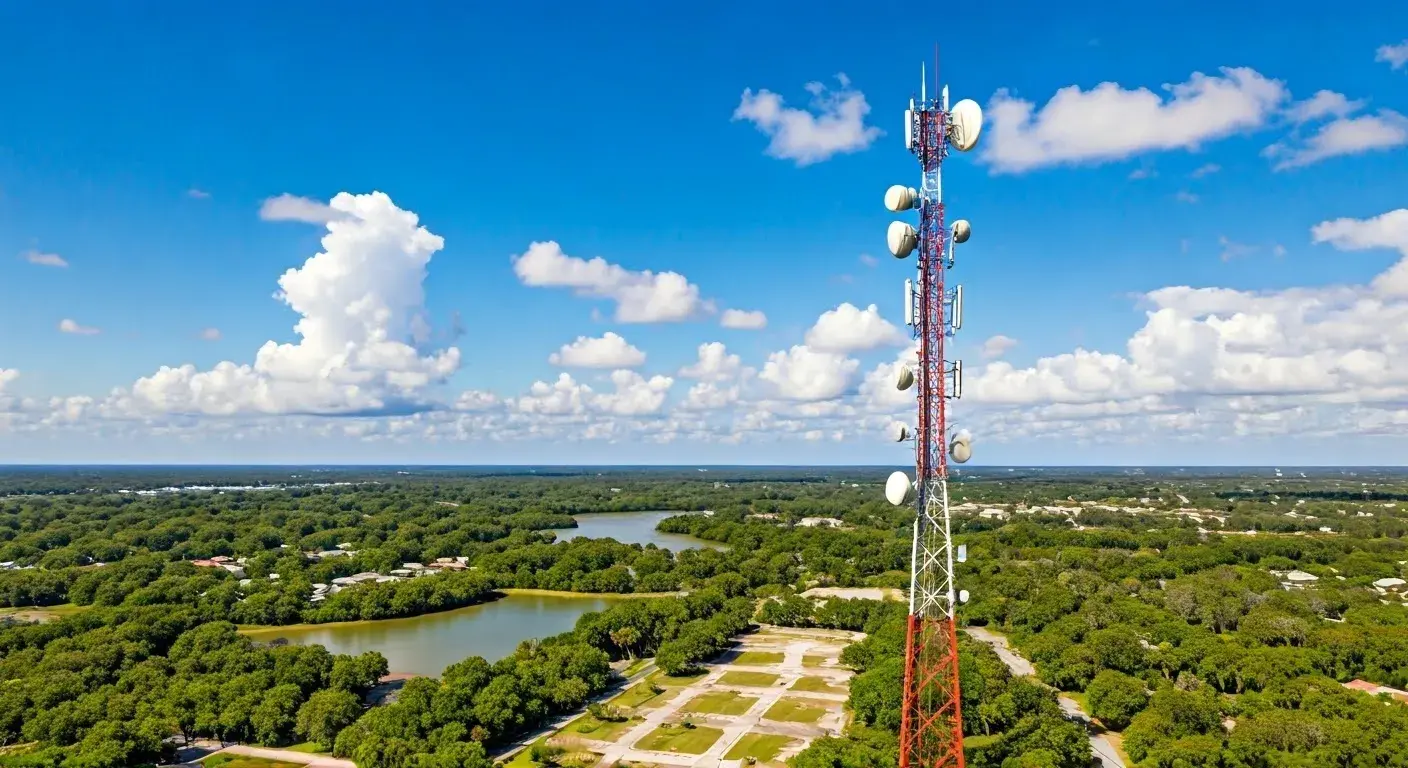
What Ethernet Cable Do I Need?
There are copper wires known as the Ethernet cables used to connect different devices in Local Area Networks (LANs). Now, when creating a wired home or office network this is one of the first questions that ever comes up – what cable should I use? The type of Ethernet cable to use varies with the intended network speed you want to have. This guide will also cover the kinds of Ethernet cables which include the categories and aid you in selecting the best cable suitable for your device.
Ethernet Cable Categories
Ethernet cables or wired connections are rated based on categories that define the level of performance they are capable of. The categories are the different types of Ethernet, which are defined by the IEEE 802.3 standards. The main categories are:
Category 5e or Cat 5e cable – offers data transmission capability of up to 1 Gbps.
Category 6 (Cat6) – support up to 10 Gbps.
Category 6a (Cat6a) – Similar to Cat6, this type also has the capability of providing 10Gbps but with improved shielding against crosstalk interference.
Category 7 (Cat7) - it can handle bandwidth up to 10G and supports frequencies of up to 600MHz.
Category 8 (Cat8) - allows for 40 Gbps+ and frequencies of up to 2,000 MHz.
Category number designates the flow rate of networking that a cable can support while still delivering a clear signal. Hence, higher categories can send more data per second within the given frame as compared to lower categories without any loss or errors.
Common Connector Types
Ethers are wired with RJ45 connectors which are inserted into RJ45 sockets on the respective apparatus. The connectors have 8–pins where each pin is connected to the eight individual copper wires that are found inside the cable.
There are two common connector styles used for Ethernet cables: There are two common connector styles used for Ethernet cables:
Straight-Through – Appropriate to join various devices. Severely utilized for networking the PCs to switches, routers, or modems.
Crossover – Used for linking similar equipment for instance switches to switches or PCs to PCs. Not required for gigabit networks as auto-MDIX takes care of this aspect itself.
Choosing An Ethernet Cable
Here are some tips on choosing the right type of Ethernet cable for your home or office network: Here are some tips on choosing the right type of Ethernet cable for your home or office network:
Cat5e – The Minimum Standard For Gigabit LANs
Most networks providing gigabit speed must include only Cat5e standards. It offers higher headroom for stable gigabit speeds than similar products at a relatively cheaper price range. Even though Cat6 cables can operate at the same gigabit speed, they are relatively costly compared to what is required for home and small office networks.
Cat6 - For Faster Speeds Up to 10Gbps
While the present Cat5e cables are sufficient to provide the required bandwidth for a network, if you plan to advance your network in the future to multi-gigabit rates (2.5Gbps, 5Gbps, 10Gbps) it is better to opt for Cat6. Category 6 is a higher category than Category 5e, and due to improved twists per inch and plastic noise dividers, it provides 10Gbps network speeds. Thus, they will be compatible with faster equipment in the future as well as save up to 50% of energy.
Cat6a – For Noisy Electrical Environments
Category 6a further improves the Category 6 standard as it minimizes the alien crosstalk or signal interference between the wire pairs. It is suitable for use in electrically noisy environments since it can help to reduce signal errors at the rate of 10G. The cables also have thicker sheaths to provide better durability on the cables that are used in the different industries.
Cat7/Cat8 - Datacenters und Trägerstrukturen
For the long haul, Category 7 and 8 cables are mostly used in data centers and network backbones in applications that demand more than 10Gbps. They employ extra layers of shielding and better copper cables to transmit 40Gbps and even up to 100Gbps as well as other even higher rates with minimal signal attenuation. Unless you are cabling a very large-density data center, these cables deliver more than what is required in most home or office setups.
Solid vs Stranded Core
The Ethernet cable has wires with solid or stranded core wires. To provide you with a clear understanding of what solid core wire is, let me briefly describe the different types of solid core wire: Solid core wire; is a single thick copper wire. This type of cable has multiple thinner wire strands that are bundled together with stranded core cables.
Category 5 solid core cables offer improved data signal quality particularly when passing through conduits in buildings and wiring closets over long distances. Another type of wire that is preferred is the stranded cable and this type of wire is more flexible for connections and particularly used for connection devices that are somewhat movable or change their position frequently such as PCs, printers, WiFi access points, etc. It is again less vulnerable to breakage or fracturing when bent.
Outdoor/Direct Burial Cables
In the case that one needs to run the Ethernet cables outside the house, for instance underneath the yard or in the garden then it will be appropriate to use exterior cables. These include standard copper twisted-pair wires with shielding that prevents moisture and degradation from the effects of UV light and heat. Direct burial Ethernet cables go a step further in the waterproofing of the cables and use outer sheaths that can withstand the rigors of the underground environment without the need to lay the cables through conduits.
Choosing The Right Length
Cable sizes for Ethernet are fixed in countless feet, so you must select the cable with the most length similar to the mounting distance. It is usually measured in feet; one, three, five, fifteen, twenty-five, fifty, or one hundred feet and above depending on the approximate distance between ports, the next round number allowance is normally selected. In most cases, it is preferable to have extra cable so that you can coil it rather than have little cable length to work with. It is also possible to expand the extended length of the standard cable using couplers when necessary. If it is a gigabit LAN the maximum distance between the network devices has to be 100 meters or 330 feet in the case of ethernet cables.
Conclusion
Selecting the correct category and style of Ethernet cable will enable your LAN to run effectively in gigabit and faster networks. While right now Cat5e has been price effective for today’s existing gigabit networks, selecting Cat6 offers one the future capability to go multi-gig and 10GBASE-T. Other characteristics to evaluate include shield capability, strand flexibility, and outdoor jacketing if required for your program and conditions. This means that irrespective of the price and performance standards required in a home or business network, there is an Ethernet cable to serve this purpose.






